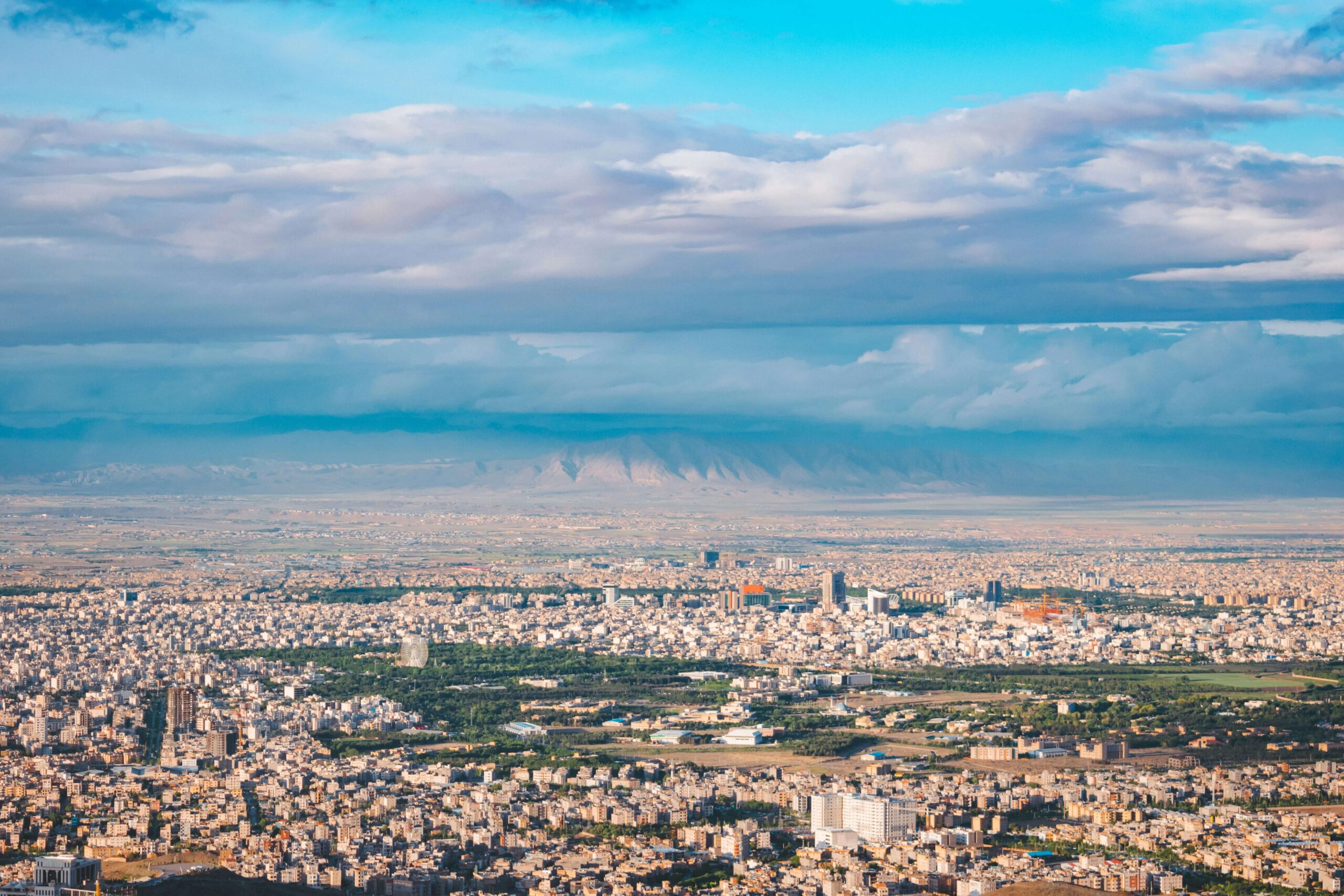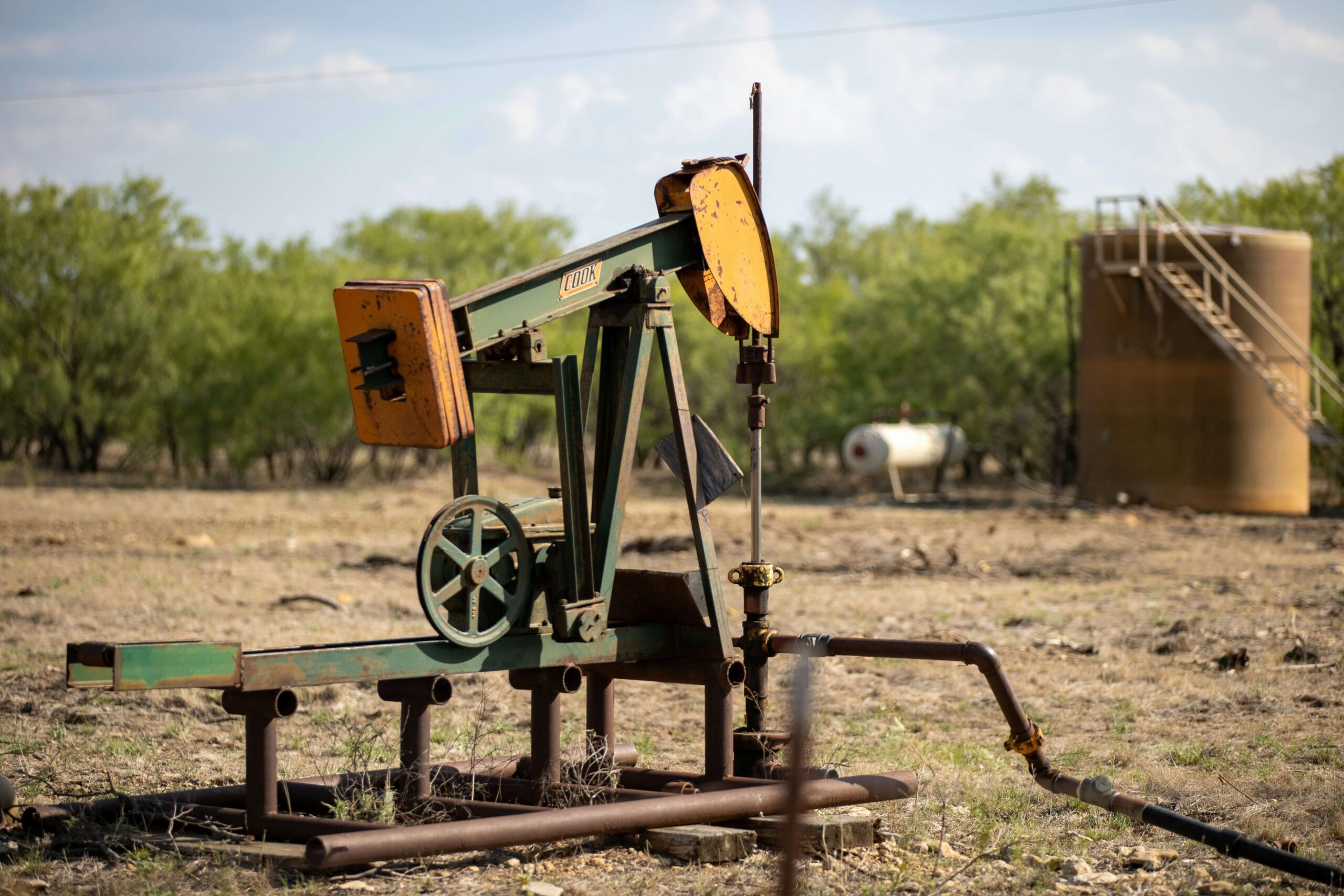Syria is in the middle of the Middle East and has a long history and a wide range of economic activities. Syria’s economy is compiled and shaped by both its natural resources and its people. The main industries are all included in three main areas, namely manufacturing, mineral resources and agriculture.
What Is Syria’s Top Export?
Spice seeds, calcium phosphates, raw cotton, tomatoes, and pure olive oil are among Syria’s main exports, which are primarily agricultural and processed food items. Crude oil was once a major export, but because of the ongoing conflict and sanctions, its importance has decreased, and the emphasis is now on agricultural and food-related items.
What Are the Main Industries In Syria?
There are many different industries in Syria. However, some of them are more important and support the economy more. The main industries in Syria include:
Agriculture
Agriculture has always been an important part of Syria’s economy, providing jobs, food security and money from exports. Syria has a lot of different climates and fertile plains, especially in the Euphrates River valley and along the coast. This makes it possible to grow many different kinds of crops, such as wheat, barley, cotton, olives, fruits and vegetables. Farming animals is also very common. Agriculture is very important for people who live in the country, as it directly and indirectly supports millions of Syrians. Agriculture is a very important part of Syria’s economy.
Major Crops
Wheat is the most important food crop, but its production is always changing because of big changes in rainfall. Sugar beets are also important. Other important grains are barley, corn (maize) and millet. Cotton is the biggest and most dependable crop for export. Lentils are a big part of the diet in the country, but they are also sent to other countries. Tomatoes, potatoes, melons and onions are some other fruits and vegetables. Olives, grapes and apples grow at high altitudes, while citrus fruits grow along the coast. The area around Latakia is home to high-quality tobacco.
Livestock
Livestock farming is also important, especially raising sheep and goats, which give us meat, milk and wool. It makes up more than 30% of the total value of agricultural production, 15% of the value of agricultural exports, and employs 11% of Syria’s total workforce, including many low-income families in the countryside.
Mineral Resources
In the past, Syria’s oil and gas industry brought in a lot of money for the government and foreign exchange. Syria is still a producer of oil and natural gas.
Petroleum (Crude Oil)
Petroleum is mostly found and refined in Northeastern Syria. Syria’s most valuable export was oil, which was also a major source of government income. Production has gone down, but it is still an important resource for the economy of Syria. The country’s oil-fired power plants have been changed to run on natural gas, which means that more Syrian oil can be exported.
Natural Gas
There is natural gas both on land in the Palmyra region and off the coast in the Eastern Mediterranean. The natural gas in Syria is mostly used to make electricity for domestic use. There is potential for development in the Mediterranean’s offshore reserves, which can be a big contributor to Syria’s economy.
Manufacturing Industry
The manufacturing industry in Syria is a vital part of the national economy, contributing to employment, domestic production and exports. It encompasses a wide range of sectors, including textiles and cement. Major industrial centres such as Aleppo, Damascus, Homs, and Hama play a key role in driving manufacturing activity.
Syria benefits from access to raw materials like cotton, natural gas and phosphate, which support industries such as textile production and fertiliser manufacturing. The sector also includes a growing number of small and medium-sized enterprises that serve local markets and contribute to economic diversification. Continued investment in infrastructure, technology, and workforce development is essential for enhancing the competitiveness and sustainability of Syria’s manufacturing industry.
Textile Production
Textile production has been one of Syria’s most important traditional industries for a long time. It has helped the local economy and created a lot of jobs. The industry is based in cities like Aleppo and Damascus and makes a lot of different things, including cotton yarn, fabrics, clothes and carpets. Syria’s climate has always been good for growing cotton, which has made it a good place for a vertically integrated textile industry, from growing raw cotton to making finished goods. Small and medium-sized businesses are meeting domestic demand and limited exports.
Cement Production
Cement has been an important industry in Syria for a long time. It is needed to build roads, homes, public infrastructure and factories. The country has a lot of limestone, clay, gypsum, and other raw materials that are needed to make cement, so it doesn’t need to get them from other places. Cement production has always been an important part of Syria’s industry and is still closely linked to building its infrastructure.
Production of Fertilisers
Producing fertiliser in Syria is very important for the country’s agriculture, which is a big part of the economy. The General Fertilisers Company (GFC) is the main company in this industry. It runs big plants in Homs and other places. Using Syria’s natural gas and phosphate reserves as key raw materials, these plants make a variety of fertilisers, such as urea, ammonium nitrate and phosphate-based products. This is necessary to boost agricultural productivity and make sure there is enough food.



